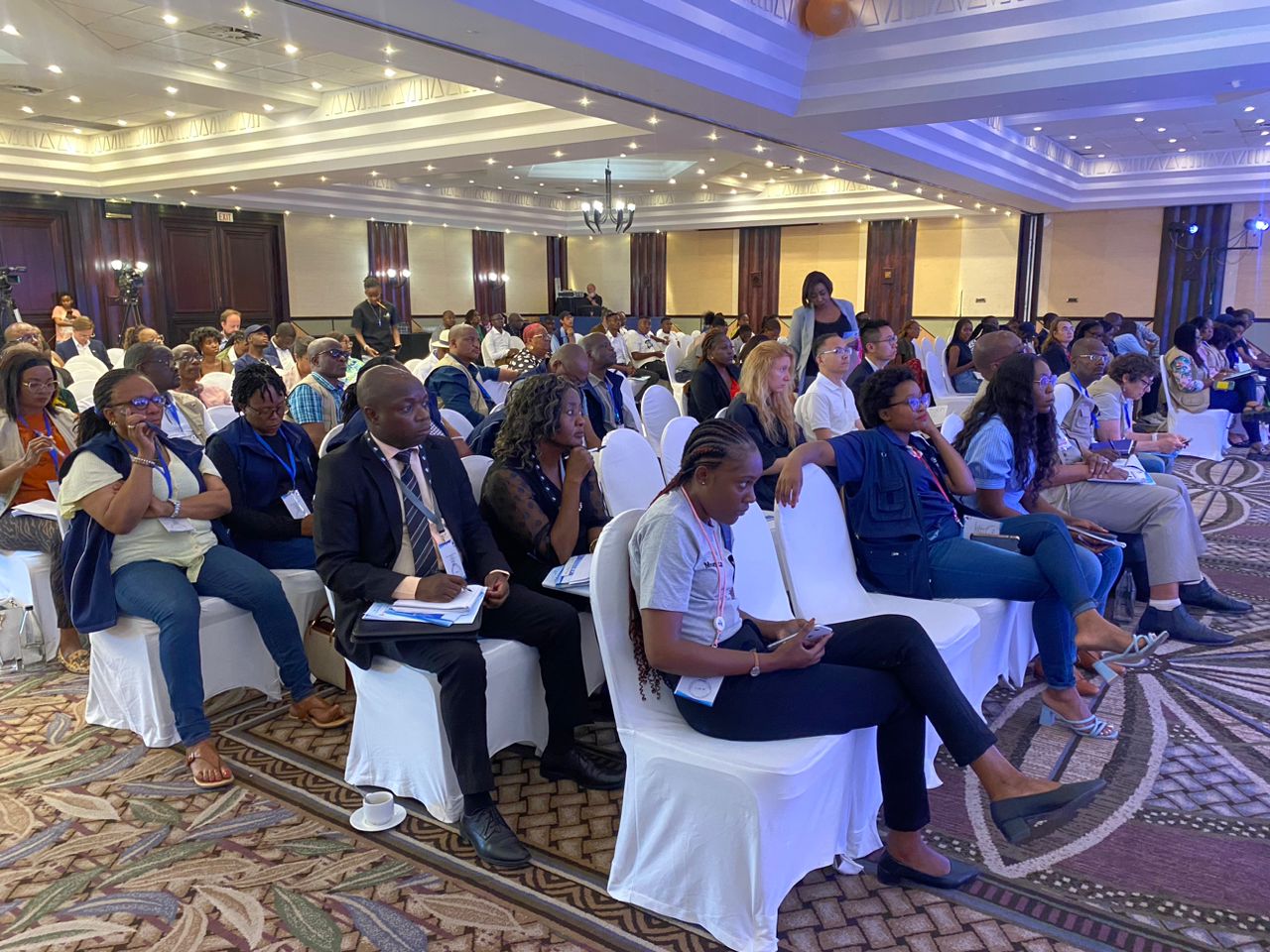In Namibia, almost half of the population faces the devastating impact of the severe drought brought on by El Niño.
According to a United Nations International Children’s Emergency Fund (Unicef) statement on Friday, between July and September 2024, an estimated 1,4 million people are projected to face high levels of acute food insecurity.
This makes up 48% of the Namibian population.
Unicef regional director for eastern and southern Africa Etleva Kadilli said the humanitarian needs children are facing due to El Niño are extremely concerning.
“Increasing food insecurity and malnutrition, challenges in accessing safe water and sanitation, as well as risks to disease outbreaks such as cholera are a serious threat. Thousands of children are on the brink of being irreversibly impacted in their health and growth because of the climate-related crisis, and this warning should not go unheard by the international community,” she said.
According to the statement, in Lesotho, Malawi, Namibia, Zambia and Zimbabwe, 7,4 million children are living in child food poverty – of which over 2 million are surviving on extremely poor diets that include, at most, two food groups.
This is now exacerbated across large parts of southern Africa due to drought. Communities have lost crops and livestock due to the lack of pasture and water.
“Vulnerable children are heavily impacted by climate shocks in southern Africa. These shocks dramatically lower the quantity, diversity and quality of available food, negatively affect the care of children and disrupt access to clean and safe water, exposing children to life-threatening childhood diseases including diarrhoea,” the statement read.
Stay informed with The Namibian – your source for credible journalism. Get in-depth reporting and opinions for
only N$85 a month. Invest in journalism, invest in democracy –
Subscribe Now!






